Imagine a single bird, no larger than a football and almost invisible to the untrained eye, bringing an enormous, multi-billion-dollar industrial project to a grinding halt. Sounds like the plot of a modern fable, but it’s a true story unfolding on the wide, windswept plains of the American Midwest. The protagonist? The lesser prairie chicken—a species whose fate became shockingly intertwined with a controversial pipeline project, capturing the attention of environmentalists, industry leaders, and ordinary citizens alike. This is the tale of how a humble bird stood toe-to-toe with one of the largest infrastructure endeavors in recent history.
The Lesser Prairie Chicken: More Than Meets the Eye
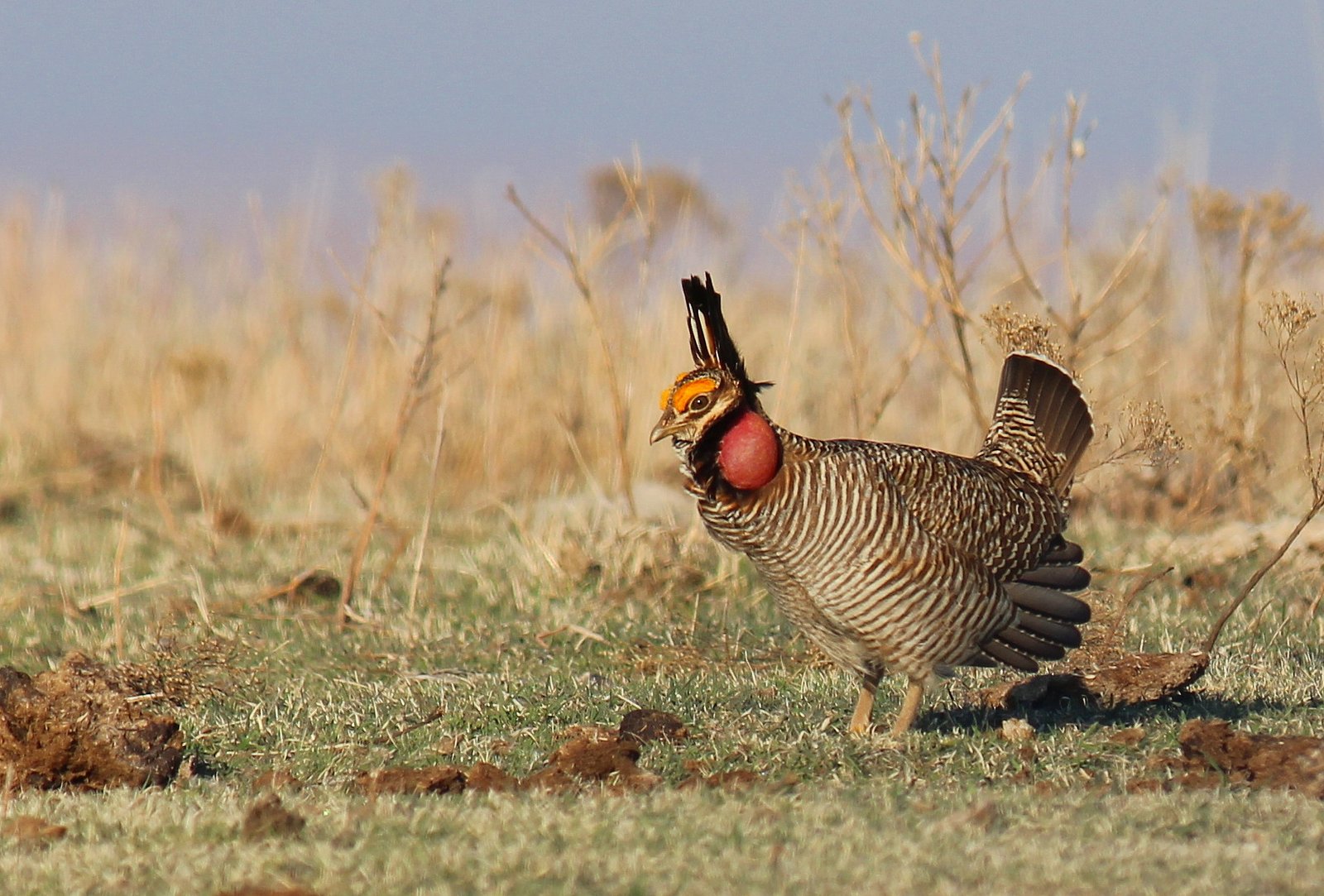
At first glance, the lesser prairie chicken might seem unremarkable, blending seamlessly into the tall grasses of the prairie. But beneath its modest appearance lies a creature of remarkable resilience and ecological importance. Known for their elaborate mating dances on spring mornings, these birds play a crucial role in maintaining the balance of grassland ecosystems. Their presence is often seen as a sign of a healthy prairie, acting as a natural barometer for the region’s biodiversity. The lesser prairie chicken’s decline has sounded alarms for scientists, prompting urgent calls for conservation.
Pipelines and the Prairie: An Unlikely Collision
The vast open spaces of the Midwest have long attracted energy companies looking to build pipelines to transport oil and gas across the country. These projects promise economic growth and energy security, but they also cut through habitats critical to native species. When plans emerged for a major pipeline slicing through the heart of prairie chicken territory, conservationists raised the alarm. The prospect of heavy machinery, habitat fragmentation, and increased human activity threatened to push the already vulnerable bird closer to extinction—a risk that could not be ignored.
A Surprising Legal Showdown
It wasn’t long before the lesser prairie chicken took center stage in a fierce legal battle. Environmental groups, armed with scientific studies and impassioned arguments, challenged the pipeline project on the grounds that it violated protections for endangered species. Under federal law, the presence of a threatened animal like the prairie chicken can force companies to halt or dramatically alter their projects. The courtroom became a battleground not just for legal arguments, but for the very future of the prairie itself. The stakes were high, and every detail mattered.
The Power of Environmental Policy
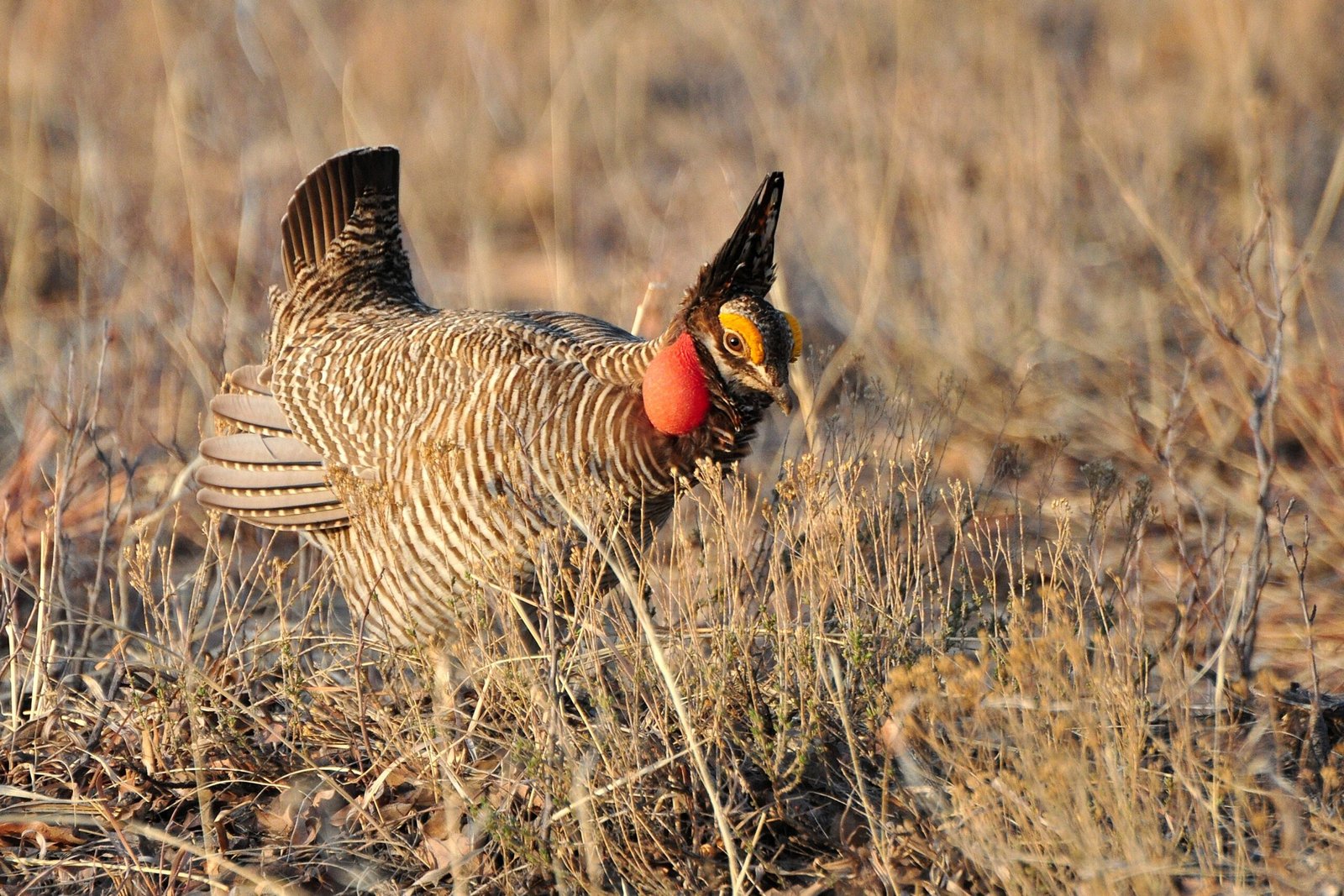
Environmental policy isn’t just about lofty ideals—it has real, tangible consequences for industry and wildlife alike. The lesser prairie chicken, listed as threatened under the Endangered Species Act, became a symbol of how one small animal can influence national policy. Federal agencies had to weigh the potential economic benefits of the pipeline against the irreversible damage to the bird’s habitat. These decisions are never straightforward, requiring a careful balance between development and conservation. The prairie chicken’s plight brought these issues into sharp focus, sparking heated debates on both sides.
Grassland Ecosystems: Fragile and Unique
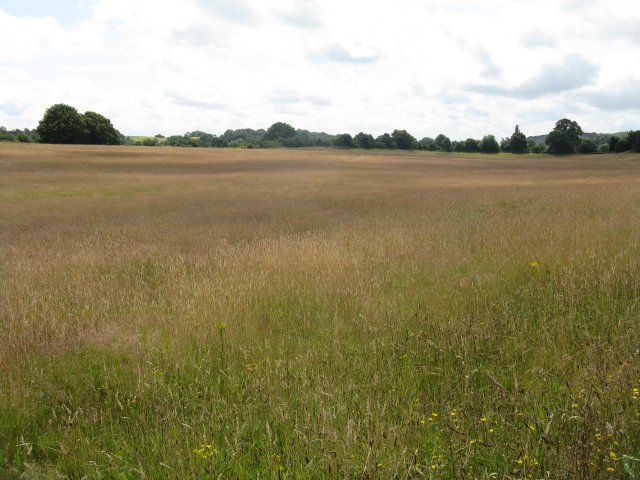
The prairies of North America are unlike any other ecosystem on Earth, home to a tapestry of grasses, wildflowers, and wildlife. They are also among the most threatened habitats, with only a fraction of their original extent remaining. The lesser prairie chicken depends on these grasslands for nesting, feeding, and survival. Every patch of native prairie lost to development chips away at the bird’s chances. Scientists warn that protecting such ecosystems is vital—not just for prairie chickens, but for countless other species that call the grasslands home.
The Ripple Effect: What’s at Stake for Other Species?
When a keystone species like the lesser prairie chicken is threatened, the effects ripple through the entire ecosystem. Predators, insects, and plants all depend on the delicate balance maintained by these birds. If the pipeline were to move forward unchecked, the disruption could extend far beyond a single species. Loss of habitat can trigger a domino effect, leading to declines in pollinators, small mammals, and even the plants that anchor the soil. The pipeline debate thus became a fight for the soul of the prairie itself.
Community Voices: Division and Determination
The pipeline controversy sparked intense emotions in the communities it touched. Some saw the project as a lifeline, promising jobs and economic growth in regions that desperately needed both. Others viewed it as a threat to their way of life, jeopardizing the land, water, and wildlife they cherished. Town meetings were filled with passionate speeches, from ranchers who remembered seeing prairie chickens as children to young activists demanding a more sustainable future. The debate transcended simple economics, tapping into deep questions about identity and stewardship.
The Science Behind the Standstill
Scientists played a crucial role in the standoff, conducting field studies to document the impact of development on prairie chicken populations. Using radio collars, drones, and careful observation, researchers tracked the birds’ movements and breeding success. Their findings painted a stark picture: even small disturbances could have outsized effects, disrupting mating rituals and fragmenting critical habitat. These insights provided the backbone for legal challenges and policy decisions, demonstrating the power of scientific evidence in shaping real-world outcomes.
Corporate Response: Adaptation or Resistance?
Faced with mounting pressure, pipeline companies were forced to reconsider their approach. Some proposed rerouting sections of the pipeline to avoid sensitive areas, while others invested in habitat restoration projects to offset the damage. However, not all responses were cooperative—some companies pushed back, arguing that the regulations were too restrictive and threatened economic growth. The tension between corporate interests and environmental responsibility became a defining feature of the standoff, highlighting the complexity of modern conservation efforts.
A Symbol of Hope and Challenge
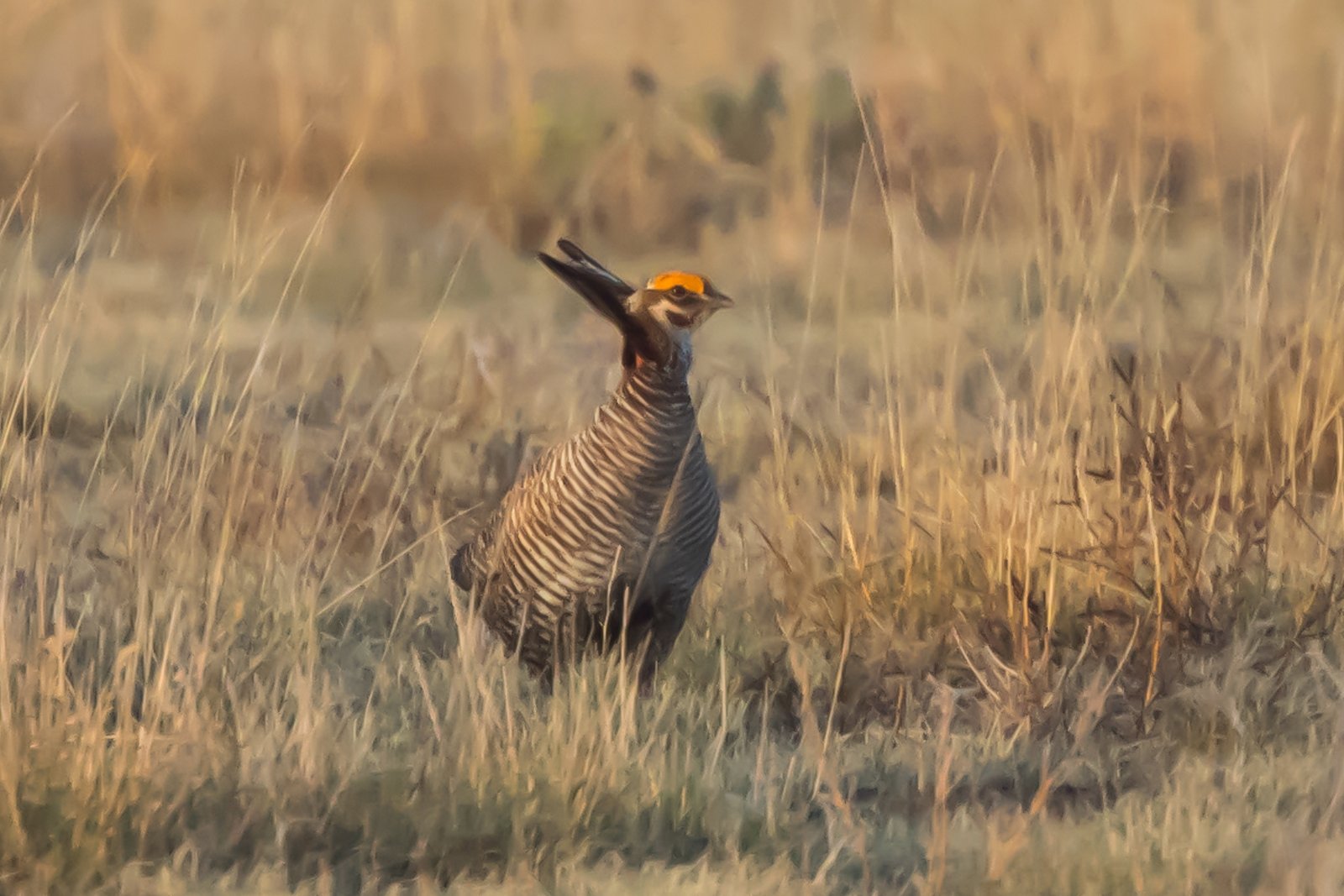
The lesser prairie chicken’s unlikely rise to fame captured the imagination of people far beyond the Midwest. For conservationists, the bird became a rallying point—proof that even the smallest creatures can make a difference. For others, it was a reminder of the difficult choices we face in balancing progress with preservation. The story resonated because it was about more than a pipeline or a prairie chicken—it was about the values we hold and the legacy we leave behind.
The Ongoing Battle: What Comes Next?
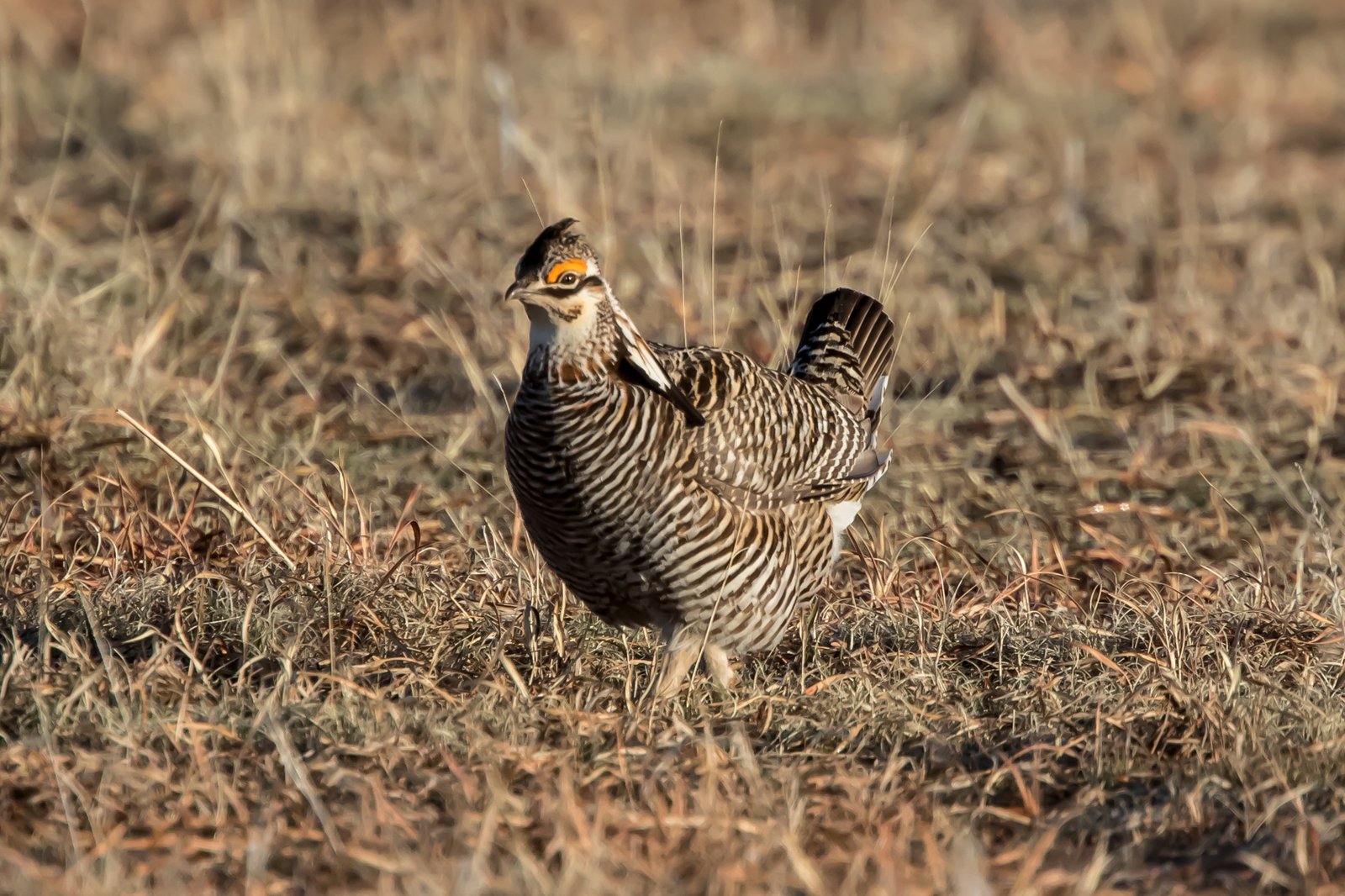
As of April 2025, the future of the pipeline—and the prairie chicken—remains uncertain. Legal battles continue, with new evidence and arguments emerging each year. Policymakers, scientists, and local communities are still searching for solutions that honor both economic needs and environmental imperatives. The story is far from over, and the outcome will set a powerful precedent for conservation efforts across the country. Will the lesser prairie chicken’s stand inspire broader change, or will the pressures of development prove too great?
What would you have guessed—a single prairie chicken could stall an entire pipeline project?




